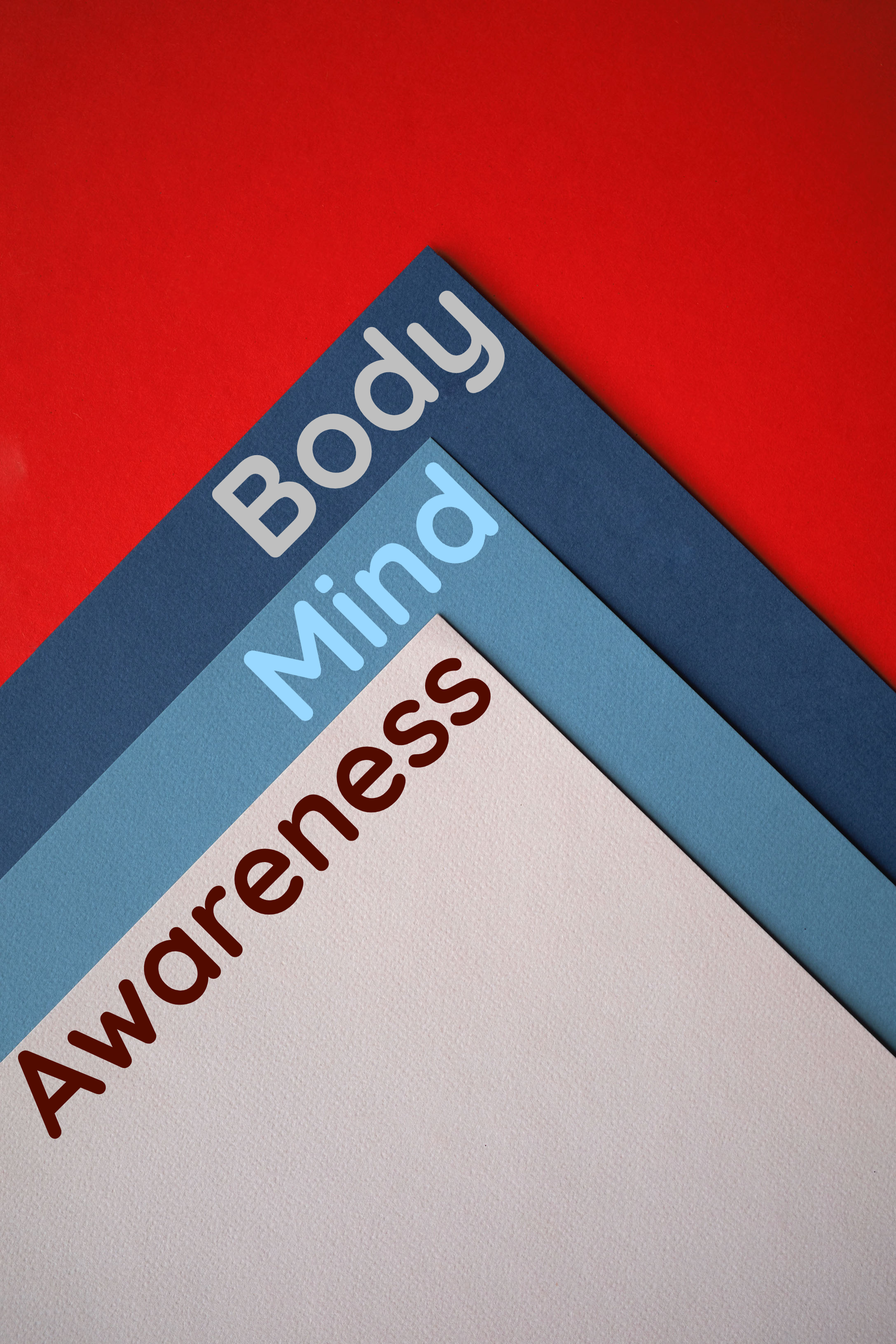The nature of pain and pleasure
Human life has two hard boundaries. They are birth and death. No amount of money or power can modify them. During the journey of life, there are other boundaries we encounter. These include pleasure and pain. They are common to all.
We may not even realize that pleasure and pain can be limitations on the path of self-discovery. With proper understanding, they become stepping stones to a state of awareness that is neither pleasure nor pain.
Pleasure and pain can be limitations on the path of self-discovery.
The wells of pain and pleasure are bottomless, and it is hard to see past them. Drowning in the well of grief, we crave comfort. Drowning in the well of pleasure, we forget that it will not last. Pain and pleasure have a place in our evolution. Beyond a point, we need to work towards growing out of them. By transcending pain and pleasure, we take a big step towards self-mastery. When we are unaffected by pain or pleasure, we are no longer under the control of the mind, and the way to inner freedom is not far away.
Pain and pleasure have a place in our evolution. Beyond a point, we need to work towards growing out of them.
In contrast to the hard and fixed boundaries of birth and death, pleasure and pain are more fluid. Unlike birth and death, which are out of our hands, through individual effort, we can transcend the polarities of pleasure and pain. The real journey of life then begins. Until then, we are oscillating in one place, moving from one delight to the next, trying to avoid the next cycle of pain and suffering.
Understanding pain and pleasure are essential as there is a direct or an indirect association with these two in everything we do in life.
A fundamental desire that is common to all humans is to enhance and sustain the experience of pleasure while eliminating any experience of pain.
At the level of the body, there are discrete triggers that set off the pain or pleasure cascade involving biochemical and neural messengers in the brain and nervous system. Pain alerts us to a part of the body that may be malfunctioning. Once the inciting agents are no longer present, bodily sensations associated with pain and pleasure will diminish over time.
Unlike the body which does not hold onto pain unless there is a physical basis, the mind may harbor lifelong a memory of hurt inflicted. In the mind, pleasure creates the notion of happiness, and pain establishes the idea of suffering. Both of these are of our own doing. They may influence how we chart the course of our lives. Both pleasure and pain motivate us in different ways.
In the mind, pleasure creates the notion of happiness, and pain establishes the idea of suffering. Both of these are of our own doing.
The body is closely linked to the mind. Sensations of pain or pleasure evoked in the body are easily transferred to the mind. The mind is always on the watch, waiting to provide an interpretation. This adds meaning and context to any experience. If the experience is pleasurable, meaningful, and happens in a relevant context, we strongly identify with the experience, and it is stored.
Experiences associated with pain, even if we wish to forget them, are not easily forgotten. Pain also creates identification. This may be negative compared to identification with pleasure, which is positive. The unconscious memory stores both to free up space in the conscious mind.
Besides being an originator of the sensations of pain and pleasure, the body also functions as a “pass-through” entity. It transmits inputs from the world directly to the mind for an interpretation. Much of the pain and pleasure we experience in the mind comes from the mind’s interpretations of the world. Assigning labels of pain and pleasure to experiences is an easy and convenient way for the mind to grade experiences.
Much of the pain and pleasure we experience in the mind comes from the mind’s interpretations of the world.
When the mind is in its infancy, it knows nothing of pain or pleasure. It first learns of pain and pleasure from the body. Once the mind is conditioned to pain and pleasure, it freely applies it to its interpretations of the world. The world, in effect, becomes an extension of the body. Pain and comfort that the mind experiences may have nothing to do with the physical body.
Unlike the body, the mind can exponentially increase the intensity of pain or pleasure. It achieves this using a powerful tool, the power of imagination. We use the power of imagination to come up with new thoughts and ideas. As with any device, it can be used positively or negatively. This gift, the power of imagination, ends up being used to enhance negative perceptions. Fear is the culprit.
Fear and creativity is a potent combination, and the imagery they create is usually negative.
Along with imagination, the mind has another tool, the power of projection. The mind uses projection to enhance the depth and granularity of an experience. First, there is imagination followed by a projection that creates separation between us, the observer, and the imagery projected. The observer is usually forgotten, while mental projections are highlighted. We become deeply involved as participants in the projections of the mind.
The future is also a projection of the mind. The future we imagine is never empty. Invariably, any future we imagine is made up of contents related to something already in the mind, such as desires, fears, hopes, and dreams.
Once we objectify the future as “my future,” the mind invents a purpose, making us move towards or away from that future.
The mind cannot imagine or project onto the present; therefore, there is a need for a future. That future is populated with our perspectives and interpretations, which form the seeds around which new imaginary worlds crops up. There are many such imaginary worlds we create and experience every day. Some are desirable, and others are undesirable. All of them stem from the basic interpretation of any experiences as either painful or pleasurable.
We seek to maintain a pleasurable state while we attempt to rise above any pain.
When there is bodily pain, we may seek the assistance of a medical professional to diagnose and treat the source of the discomfort. Whereas, when we experience pleasure, we don’t seek such aid. We cling to it and look for ways to prolong and enhance the experience. Pleasure and pain create preference and aversion, respectively, in the mind. This constant push and pull churns the mind and keeping it active and restless.
Mental suffering compounds physical suffering. We may be able to lessen or mitigate physical pain, but mental pain may be hard to eliminate. The roots go very deep and are intertwined with a wide variety of experiences. It comes back in one form or another. Even trying to satisfy a pleasure-seeking mind is a form of suffering we impose upon ourselves.
Even trying to satisfy a pleasure-seeking mind is a form of suffering we impose upon ourselves.
Every day, we have many experiences. Only those that standout has a chance of entering our memory. The memory stores whatever experience we identify as significant. Filtering through the lens of pleasure and pain, those on the two ends of the spectrum stand out. These gain an easy entry into the memory. Some memories are harrowing, and others are immensely pleasurable.
It is easy to retrieve very painful or pleasurable experiences. It is impossible to recall experiences that barely register as causing pain or pleasure. The vast majority of life’s experiences fall into the middle, between pain and pleasure.
We miss so much of life due to our focus on the two lenses of pain and pleasure. What we may consider as an ordinary event, such as a flowering plant, is from an existential standpoint, an extraordinary event. From virtually nothing, sprouts a new growth from the ground, which then manifests myriad colors and designs that also emit a pleasant aroma. Can we not call that extraordinary? We don’t see it that way since there is no “personal” pain or pleasure involved.
We miss so much of life due to our focus on the two lenses of pain and pleasure.
In the mind, life becomes meaningful when the balance tips towards pleasure and becomes meaningless when pain is predominant. However, we cannot define the essence of life in terms of pleasure or pain. There is much more to life than our interpretations of sensations and experiences.
We did not choose life. Life chose us. However, we can choose how we live our lives. This choice is not pleasure over pain. Or for that matter, pain over pleasure. Some people use the endurance of pain as a means of ensuring a future reward. Life happens only in the now, not in the future, how we live here and now determines the future. We cannot predict the future, but our perspective of the experience of the present can lay a suitable foundation for what may come tomorrow.
When we choose neither the pursuit of pleasure or the avoidance of pain, we enter a new path that leads to a deeper understanding of the nature of pleasure and pain. Inner progress happens through such understanding.
To understand suffering and pleasure, we first need experience of both. Everyone has a surplus of experiences involving pain and pleasure. What is missing is the ability to step away from those sensations and experiences in the mind. We achieve this by becoming a witness to the projections of the mind.
When we are mindful of a mind full of pain or pleasure, we create a distance that aids in the understanding of the nature of pleasure and pain. As this distance forms, we must be careful not to look at pain through the lens of pleasure and vice-versa. Such comparison again makes us participants in the mind’s endless game of pain and pleasure.
When we are mindful of a mind full of pain or pleasure, we create a distance that aids in the understanding of the nature of pleasure and pain.
Pain and pleasure live in the mind. Being in awareness is living outside of the mind. This gives us the ability to look at the mind as a neutral witness. When we are unaffected by what goes on in the mind, we are equidistant from both pain and pleasure.
We cannot grasp the nature of pain and pleasure through logic or just thinking about it. Both pain and pleasure are essential steps in our inner growth. We cannot do without them. They serve to create contrast and help shape the first experience of being aware of the mind from a distance. Without taking the leap from mind to awareness, from interacting with the mind to witnessing the mind, we remain in the same place.
The windows (experiences) may be different, but the roof (the mind) remains the same. The most critical step in self-mastery is to be established in awareness, which melts the mind without direct influence or interaction. When the mind dissolves, the energy that is released can again be condensed at will into thought-forms that become seeds for beneficial actions that promote the greater good of humankind.







